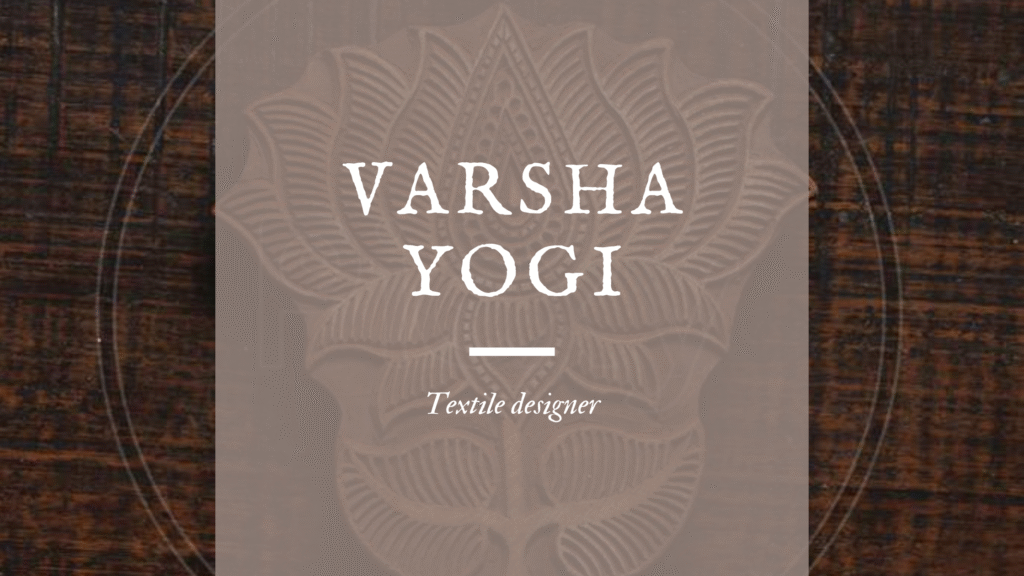What is Block Printing? I Complete the Printing Process
Block printing is a printing technique in which an image or design is first created on paper and then engraved on a block and pressed onto a cloth or paper. It is also known as relief printing. Woodblock Carving for a Block Print Carving the outline block is the most challenging step in the process […]
What is Block Printing? I Complete the Printing Process Read More »

